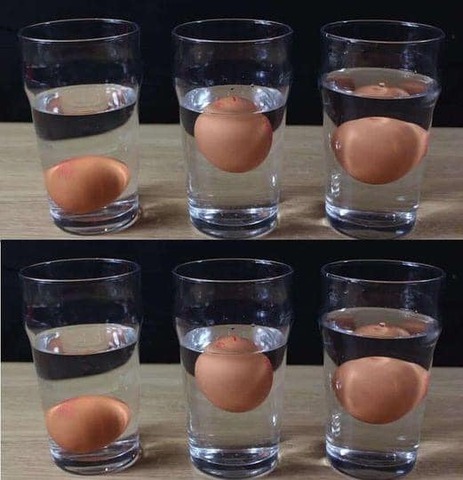ADVERTISEMENT
3. The Smell Test
How it works:
- Crack the egg into a bowl.
- Sniff it immediately.
Results:
✅ Fresh Egg → Mild, neutral smell.
❌ Rotten Egg → Strong sulfur or rotten smell (discard immediately).
Why? Rotten eggs produce hydrogen sulfide gas, which gives off a foul odor.
4. The Visual Inspection
How it works:
- Check the shell for cracks, slime, or powdery spots (signs of mold or bacteria).
- Crack the egg into a bowl and examine the color and consistency of the yolk and whites.
Results:
✅ Fresh Egg → Thick, slightly domed yolk with firm whites.
🔶 Older Egg → Runny whites and a flattened yolk (still safe to eat but best used in baking).
❌ Rotten Egg → Discolored, cloudy whites or yolk (throw it away).
5. The Expiration Date Check
How it works:
- Look at the sell-by or expiration date on the carton.
- If the eggs are past the date, try one of the tests above before discarding them.
Tip: In the U.S., eggs can often be safe 3-5 weeks past their sell-by date if stored properly in the fridge.
Final Tips for Keeping Eggs Fresh
✔ Store eggs in the fridge at or below 40°F (4°C).
✔ Keep eggs in their original carton to prevent moisture loss and odor absorption.
✔ Avoid washing eggs before storage (unless using immediately), as the protective coating helps keep bacteria out.
By using these five simple tests, you can confidently check whether your eggs are fresh or need to be tossed. Happy cooking! 🍳🥚
ADVERTISEMENT
